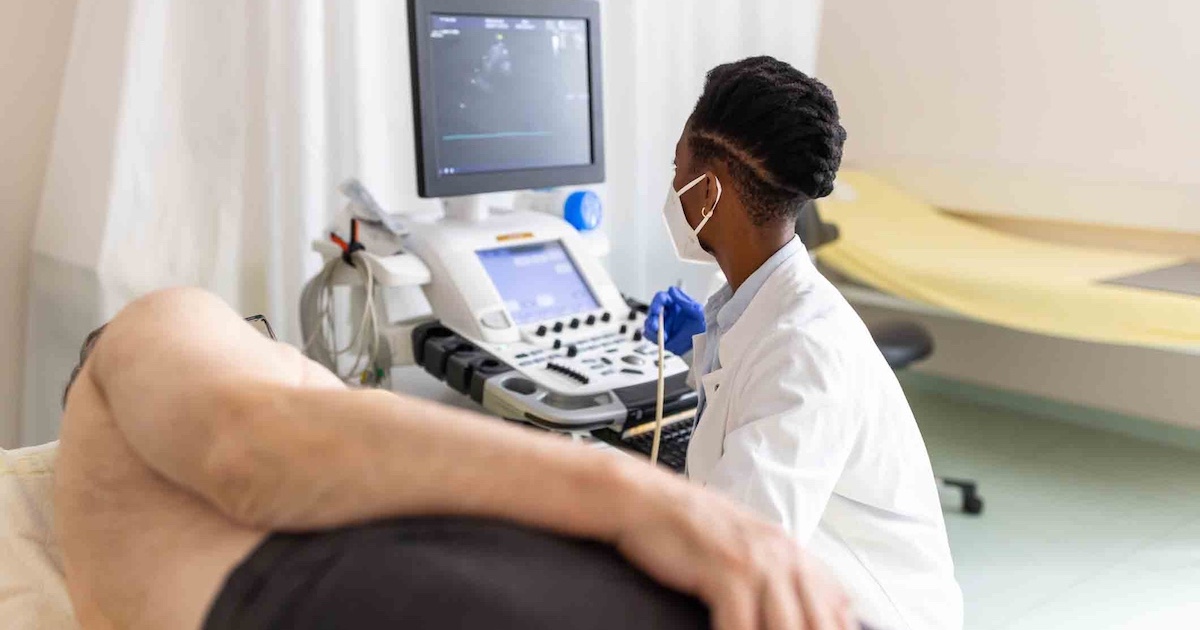About a year ago, you could walk into LifeCare Health Services as a newly diagnosed diabetic and expect to spend an hour filling out roughly 15 pages of paperwork. Add to that the charts filled out by your physician and the handouts and brochures you'd be given, and you could count on spending half a day waiting and generate enough paper for a good-sized ticker-tape parade.
Amid all that, you're expected to learn about proper diet and exercise, A1c levels and insulin.
Flash forward to today, and the clipboard in the Santa Fe, N.M.-based clinic has been replaced by an iPad. Patients – new and returning – use it to check in and clinicians use it to document. In the near future they might use it for a video or pass along information that can be e-mailed home. The patient-clinician relationship is more meaningful, the patient's medical record is more accurate, and a whole bunch of trees are spared.
Elaine Montanaro, who launched the clinic in 2005 as a primary care facility focused on diabetes management, says the introduction of iPads to the registration process has worked wonders for both patients and clinicians. Since December the clinic has been using Seamless Medical Systems' SNAP Practice patient registration software, which connects to the practice's medical records via iNTERFACEWARE's integration engine.
"Everything used to be on paper, and we were running out of space to keep our charts," said Montanaro. "It slowed us down to the point that out patients were having to read and read and read."
Montanaro – herself a type 1 diabetic – said the clinic's patients enjoy using the iPads, which are "fun," but there's more to that transition than the enjoyment factor. Physicians like herself can reduce the time spent on paperwork and, as a result, schedule more patients. They can also enter data more quickly (and efficiently) into the patient record, and share that data with specialists.
"By the time the patient is ready to leave the room, my charting is done," she said. "That's a huge advantage. It's becoming more and more difficult to earn a living in the medical field as a provider, so anything that improves my time spent with a patient and lets me see more patients … is a benefit."
Montanaro, who estimates the use of iPads has increased her clinic's patient intake by 20 percent, is eager to find more uses for the tablet devices. She plans to make use of SNAP's patient education services next, sending her patients targeted reading material and videos that they can watch at home or in the clinic.
SNAP is designed to "ease the frustration of filling out forms (and) eliminate the pain of transcription," said David Perez, founder and CEO of Seamless Medical Systems, also based in Santa Fe.
It's also designed to be more efficient, he said, as an estimated 15 percent to 20 percent of all patient registrations filled out by hand end up being inaccurate.
“Our goal is to enhance the patient’s overall experience while helping healthcare organizations increase savings and streamline overall workflows,” Perez said in a press release that accompanied the rollout of SNAP Practice at the HIMSS13 Conference and Exhibition last month in New Orleans. “iNTERFACEWARE's technology plays a critical role in ensuring that we can share information among diverse healthcare IT systems in an efficient and timely manner.”
The SNAP Practice program, running on integration software from Toronto-based iNTERFACEWARE, is the latest in a series of products using the iPad as an entry point into the clinic or small practice. Eliot Muir, iNTERFACEWARE's CEO, said the idea is to provide a seamless platform to integrate all the sources of data in the office, and the best place to start is when the patient walks through the door.
"Doctors are looking for ways to use (iPads) in the business," he said. "This is the logical place to start."
“The increased adoption of mobile devices and cloud-based technology in healthcare underscores the importance of being able to connect systems, regardless of the form or location,” Muir added in the HIMSS13 press release. “Solutions like SNAP Practice are on the forefront of medical care, providing new and exciting ways to help inform and engage patients.”
Anthony Brooke, Seamless Medical's chief technology officer, who was at HIMSS13 with Perez and Muir to demonstrate the new platform, said SNAP Practice will expand its capabilities as doctors and administrators become more accustomed to using iPads in the office. As well as delivering health and wellness information, he sees the platform "moving beyond the waiting room" to link to electronic medical records and practice management systems.
"It's all right there in front of us," he said.
And that's just what Montanaro wants to say when she hands an iPad to her next patient.


